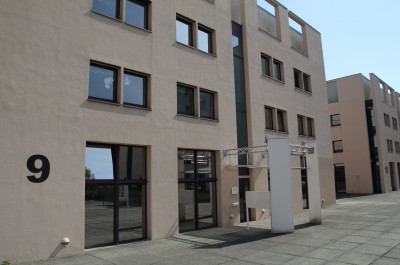| Project period/status |
proposal in preparation
| Project staff |
Dr. Jan-Philip Steinmann (Project Manager)
| Project description |
Migration and integration research as well as crime and deviance research have benefited enormously in recent years from the increasing availability of longitudinal data sources. The data situation now makes it possible to trace the integration and deviance trajectories of individuals and groups excellently. Both fields of research have in common that they identify multiple trajectories over the course of age. Integration trajectories vary with respect to the speed with which integration processes take place, the integration dimensions in which adaptation processes can (initially) be identified, and the (sub)population of the host society into which integration takes place. Deviance trajectories differ in terms of onset, intensity, peak and (gradual) termination of deviance. So far, however, findings on integration and deviance trajectories have not been linked or have been linked only insufficiently.
Therefore, the focus is on the following questions: Are there linkages between the dimensions of integration and deviance trajectories? Do integration trajectories influence deviance trajectories, is it the other way around, or are there even reciprocal influences? Which (personal and social) conditions make a correspondence between integration and deviance trajectories more likely?
The target population is first-generation immigrant youth. For comparative purposes, second- and third-generation immigrant youth as well as native youth will also be surveyed. Initially, it is planned to apply for and conduct two survey waves (grades 7 and 8). To be able to answer the research questions comprehensively and in a causally reliable way, two further survey waves (grades 9 and 10) will be applied for and carried out at a later point in time. Ideally, the first survey will be conducted in the seventh grade, followed by annual surveys of the same students until they reach the tenth grade. Using this panel structure, interindividual and intraindividual differences and changes in integration and deviance trajectories can be tracked over time.
For such a research conception, a particular challenge for the two research fields of integration and deviance is the collection of data from hard-to-reach subgroups (especially in the school context) in sufficient quantities to be able to conduct statistically robust analyses. This is especially true for the “interesting” groups, e.g., first-generation immigrant students who often do not (yet) fully speak the language of the host country, which makes it difficult for them to participate in a survey, or students who are often absent from school (absence from school is often closely related to delinquent behavior). The planned project therefore aims at making special efforts (e.g., translation of the survey instrument into different languages and interviewing absent students also outside of school) to sufficiently represent the mentioned groups in the study sample.

